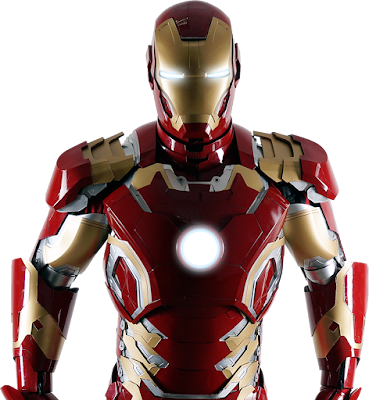This isn’t a trailer for the latest superhero movie. It’s an animation produced by the U.S. military, designed to show off its vision for a brawny robotic exoskeleton that it hopes to deploy with elite commandos. Dubbed the Tactical Assault Light Operator Suit, or TALOS, it’s the focus of a multimillion dollar research project catalyzed by a commando’s death during a hostage rescue in Afghanistan. The TALOS’s name pays homage to a metal giant of Greek mythology who guarded the island of Crete, effortlessly circling it three times a day. More casually, it is called the Iron Man suit.
The TALOS is just one part of a much larger, global research push to develop exoskeletons that would endow people with superhuman strength and endurance. But imagining Iron Man in comic books and movies has proven easier than building him. The effort is littered with failures. A predecessor to the TALOS, called the Human Universal Load Carrier (HULC), was shelved after it proved impractical, exhausting users instead of supercharging them. And some scientists are skeptical that the TALOS and similar heavy, hard-bodied exoskeleton designs will work anytime soon, saying they often fail to address fundamental physiological issues.
A. CUADRA/SCIENCE
As a result, some researchers are lowering their sights. They are taking a softer, smaller approach, building suits that resemble running tights hooked to motorized wires, or a modest ankle brace. In just the last few years, they have finally achieved a long-sought goal: creating an exoskeleton that actually saves the user energy while walking on a level treadmill.
That achievement is a long way from a supersoldier smashing through a door, but it is raising hopes that machinery and microprocessors can truly augment a healthy human. “I think we’re in the stage where the Wright brothers can get the plane up for a bit, but it doesn’t stay up for long,” says Dan Ferris, a leading exoskeleton scientist at the University of Michigan (UM), Ann Arbor.
MILITARY LEADERS seeking to give soldiers more strength, stamina, and protection have long dreamed of something similar to Marvel Comics’s Iron Man, whose powers came from a robotic suit. In the late 1960s, the U.S. Office of Naval Research funded development of Hardiman, a massive, 680-kilogram exoskeleton built by General Electric Global Research. Hardiman was ultimately abandoned, but the idea didn’t die.
In 2000, the Defense Advanced Research Projects Agency (DARPA), a Pentagon agency best known for helping invent the Internet, radar-evading stealth aircraft, and pilotless drones, began funding research into exoskeletons that could improve combat performance. The results included a variety of high-tech hinged metal leg braces. One design from a lab at the University of California (UC), Berkeley, evolved into the HULC.
By 2011, defense contractor Lockheed Martin, which had licensed the rights to use the UC Berkeley system, was ready to test an updated HULC, which featured slimmed-down braces and motor-driven joints, at the U.S. Army’s Natick Soldier Research, Development and Engineering Center in Massachusetts.
The hype was substantial. The HULC “will enable soldiers to do things they cannot do today, while helping to protect them from musculoskeletal injuries,” declared Lockheed project manager Jim Ni in a press release. The HULC would enable soldiers to carry 90 kilograms up to 20 kilometers on a single battery charge, the company claimed. (See below for a HULC promotional video.)
The celebration was short-lived. When soldiers strapped into the 40-kilogram suit and walked on a treadmill, tests showed they burned more energy than they did walking unaided. In one trial involving eight HULC wearers, their heart rates jumped by 26% on average, while their oxygen consumption rose 39%, compared with when they didn’t use the machine.
One big problem was that the HULC forced wearers to walk in an unfamiliar way, says Karen Gregorczyk, a biomechanical engineer at the Army’s Natick center who led the tests. That difficulty was compounded by a lack of coordination between human and machine. “It’s trying to kick your leg forward and you’re not ready to kick your leg forward,” says Gregorczyk, who spent a half hour trying the suit. “It was a workout.”
That's all about the news "Can we build an ‘Iron Man’ suit that gives soldiers a robotic boost?" Read the full article at: https://www.sciencemag.org/news/2015/10/feature-can-we-build-iron-man-suit-gives-soldiers-robotic-boost


0 comments:
Post a Comment